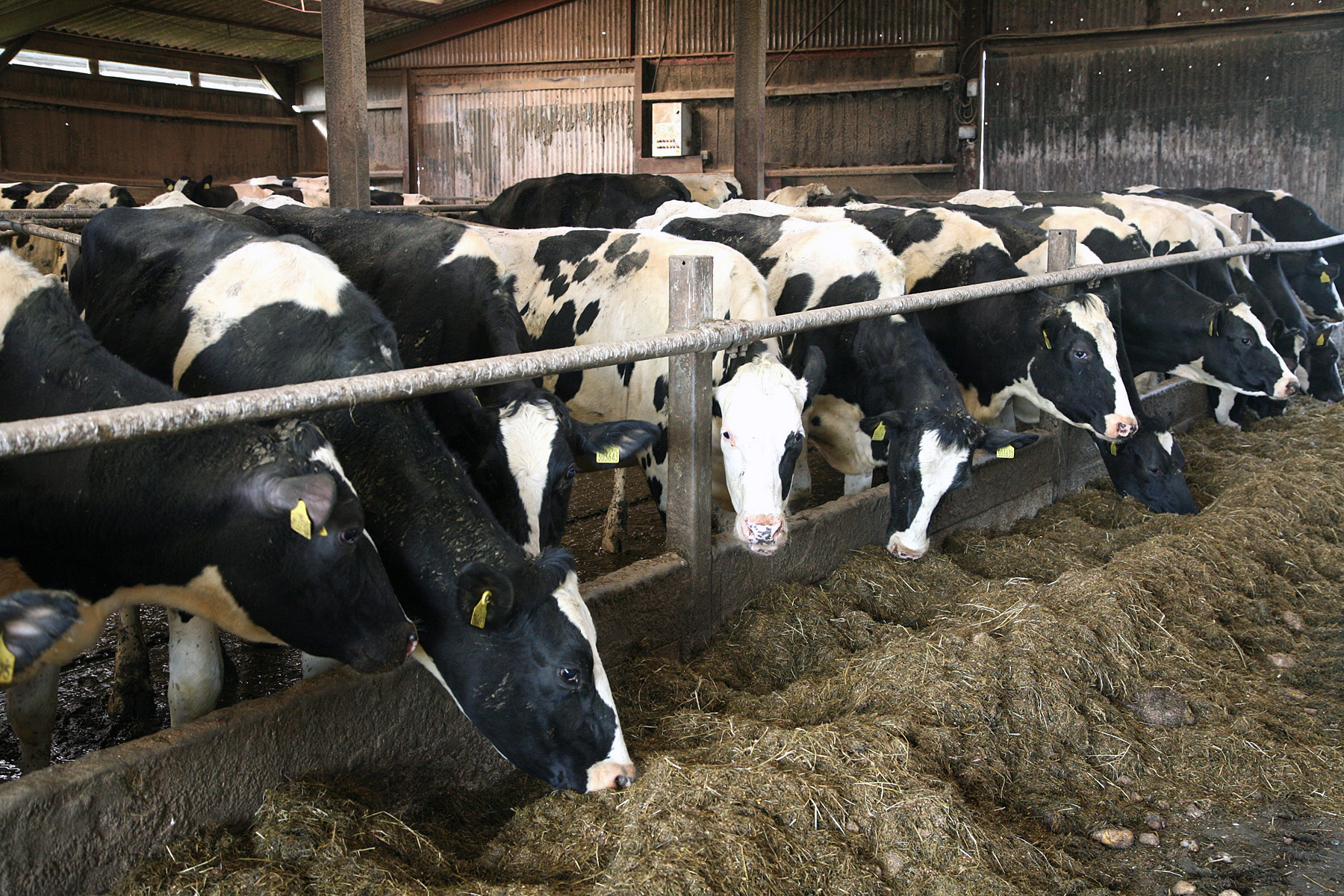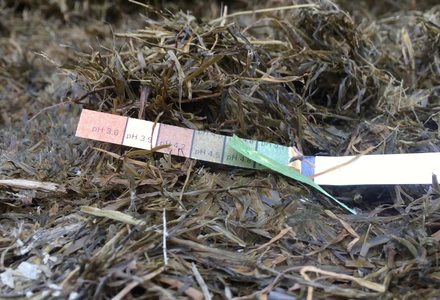How effective are chemical preservatives at reducing aerobic spoilage?
A number of different chemical preservatives are available, the most common being potassium sorbate, sodium propionate and sodium benzoate with potassium sorbate being the most widely used preservative in the food and feed industry worldwide.

Mode of action
In contact with water, the chemical forms an equilibrium between the undissociated and dissociated acid molecules. It is the undissociated acid that inhibits the yeasts and moulds that cause aerobic spoilage as it can cross the cell membrane. In the cell it dissociates again, causing the pH to decrease which disrupts various cell enzyme processes.
The relative amounts of the undissociated and dissociated acid depends on the pH of the solution and the dissociation constant (pKa) for the acid. The three preservatives above are required to work in the pH range of silage, ie around 6 down to less than 4 and as the pH falls the amount of undissociated (active) acid increases so the antifungal activity increases. This makes them particularly suited for use in silage.
Of the three preservatives above, sorbate has the potential to be more effective in silage as it can work over the whole pH range encountered during the ensiling process. This has a practical advantage as it can inhibit yeasts earlier during ensiling, helping to prevent them increasing in the early stages.
| Preservative | Yeasts | Moulds | Working pH range |
| Sorbate | +++ | +++ | 3.0-6.5 |
| Grass | - | +++ | 2.5-5.5 |
| Maize/Lucerne | +++ | +++ | 2.5-4.0 |
-No effect on microbial growth
+Inhibits growth, the more + the bigger the effect

_copy_listing.png?1521897389)